As a furniture painter, it becomes extremely difficult to stay off of Craigslist, Offer Up and Let go. I rarely buy furniture off Facebook webpages anymore just due to the overwhelming number of baby items, clothes and delivery tacos that have flooded those garage sale pages. These days, I’m finding my pieces in thrift stores. Now that I’m selling vintage items in my Etsy store, I’ve begun spending more time and taking the trips to stores outside of my normal area. Heck, I’m even thrifting on lunch breaks! I may even work up the energy to get up super early on Saturday to go to estate and garage sales, but I value my sleep too much and these days, I’m not getting enough.
By the way, this post contains affiliate links. It really helps small business like me flourish when I get a teensy, tiny commission off things you purchase on Amazon.
These plain pine end tables were a thrift store score. I bought them on a lunch break, and I kind of liked that they were boring…not very ornate. These would be easy flips! It turns out, because I could not get the stain color where I wanted it, I sanded down to bare wood, not once, not twice, not even three times, but FOUR times! I’m surprised there was even any wood left!
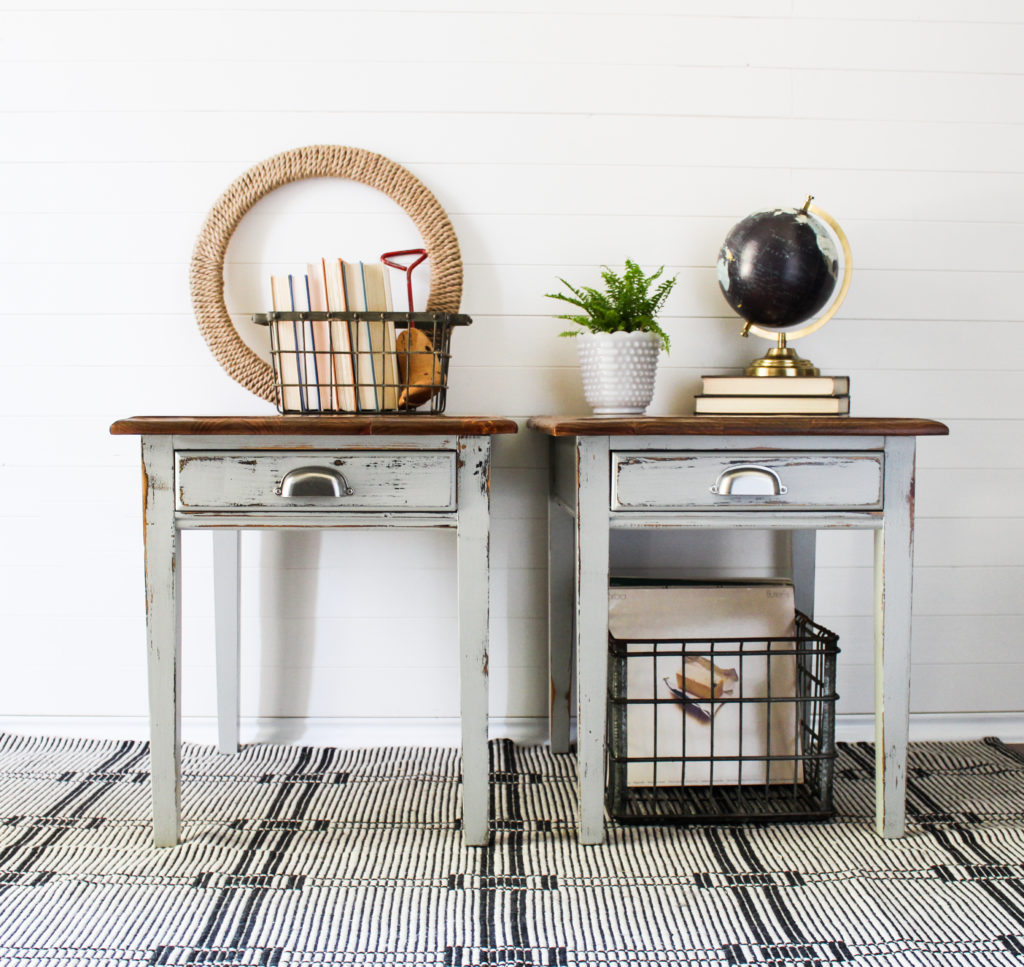
I’ve also recently rediscovered my love for neutrals. This color in particular is one of my favorite grey’s mixed with a slight hint of tan and green. It’s the perfect chameleon greige! It is Bedford by Fusion Mineral Paint.
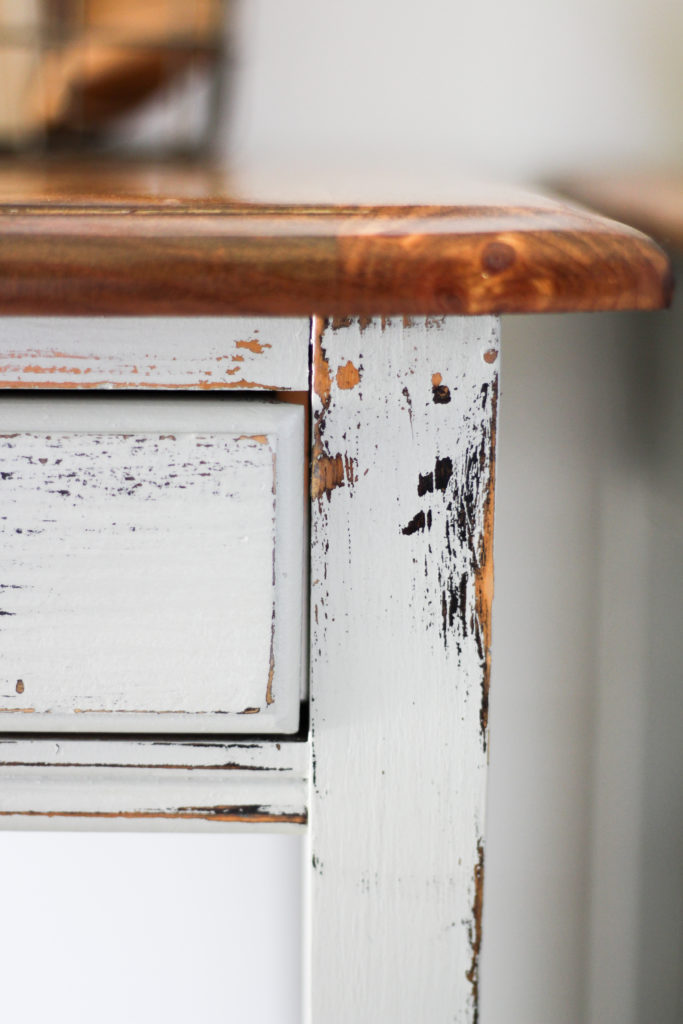
Because these tables were a yellow pine, and I wanted distressing, I spray painted only the areas I knew I would get good distressing with black spray paint. Once sanded with the orbital sander, the black and yellow pine, sort of compressed together to make a dark brown underneath the Bedford color.
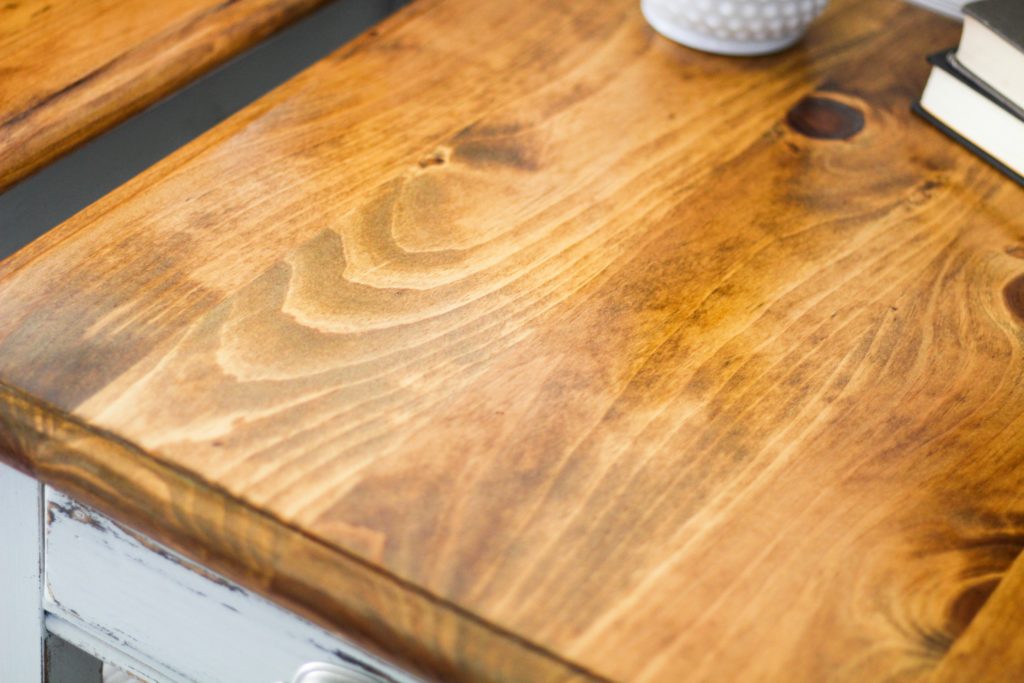
Originally, I wanted to go with natural tops. So I applied a coat of Miss Mustard Seed’s Hemp Oil. This is a great oil for sealing and rehydrating worn wood, but it only enhanced the yellow color of the pine, and I wanted more warm tones to it. So I applied about 4 coats of Watco Danish Oil in Dark Walnut. This helped me to build a tone rather than apply a complete stain. For those of you who don’t know (I didn’t until I did some research), Danish Oil is a stain and varnish combo. It is recommended that you apply a oil based polyurethane as a final finish over Danish Oil because it is not durable for everyday use. Rather it is best used for polishing wood, for maintenance, or to tone wood. In this case, I used it as a toner.
Tip: For knotty pine, do not seal directly over the knots without first spraying them with a coat of Zinsser Shellac. Trust me, it will save you days of endless drying and tackiness if you seal the knots first, then apply your finish. Pine, especially knotty pine is nearly sap filled and could take months to cure if not sealed first. I learned this the hard way, by sanding through my finish, sealing with shellac, waiting for it to dry, danish-oiling, then poly-ing.
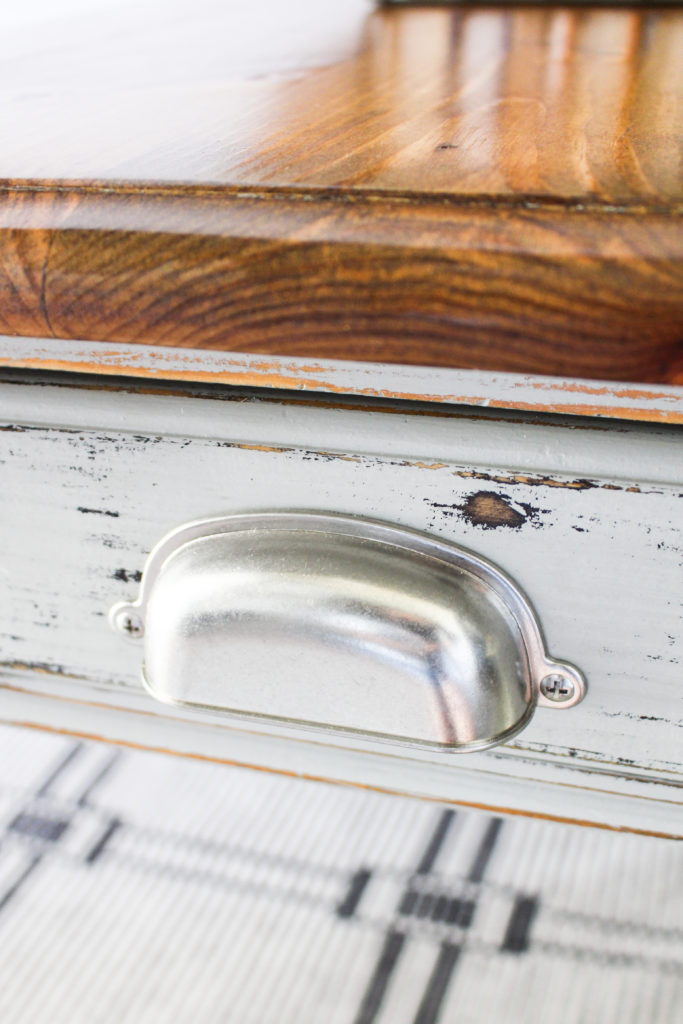
I went with these Martha Stewart Brushed Nickel Cup Pulls for the drawers. I think they just top off the rustic, coastal flair I was going for. You can get these at Home Depot.
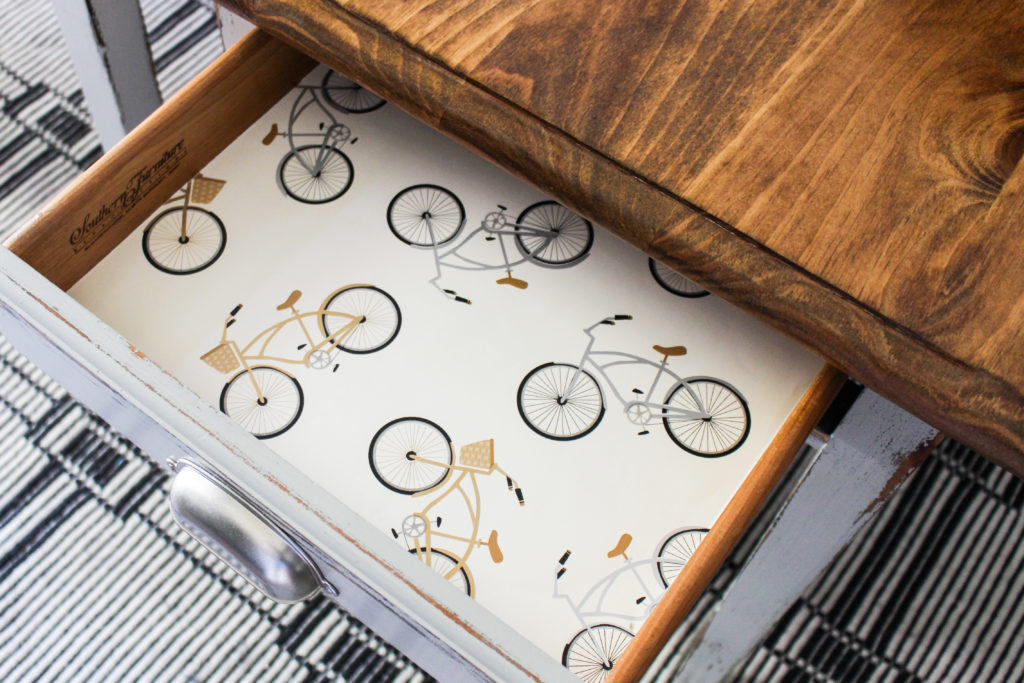
I just adore this paper. It was one of the final pieces I had left and used on my Hepplewhite End Table because it just goes so good with neutral colors. This one pulled in the grey from the paint, the nickel from the drawers and the wood from the top. I wish I had more rolls of this!
The new owners of these tables loved the look so much, they asked to me paint another dresser and their bed to match. I’m so glad they loved them! Sad to see them go, but they were collecting dust until the right buyer found them. As of this post, I am officially sold out of furniture in my Etsy store, but I have plenty of projects to work on to keep me busy.
Thanks for reading!

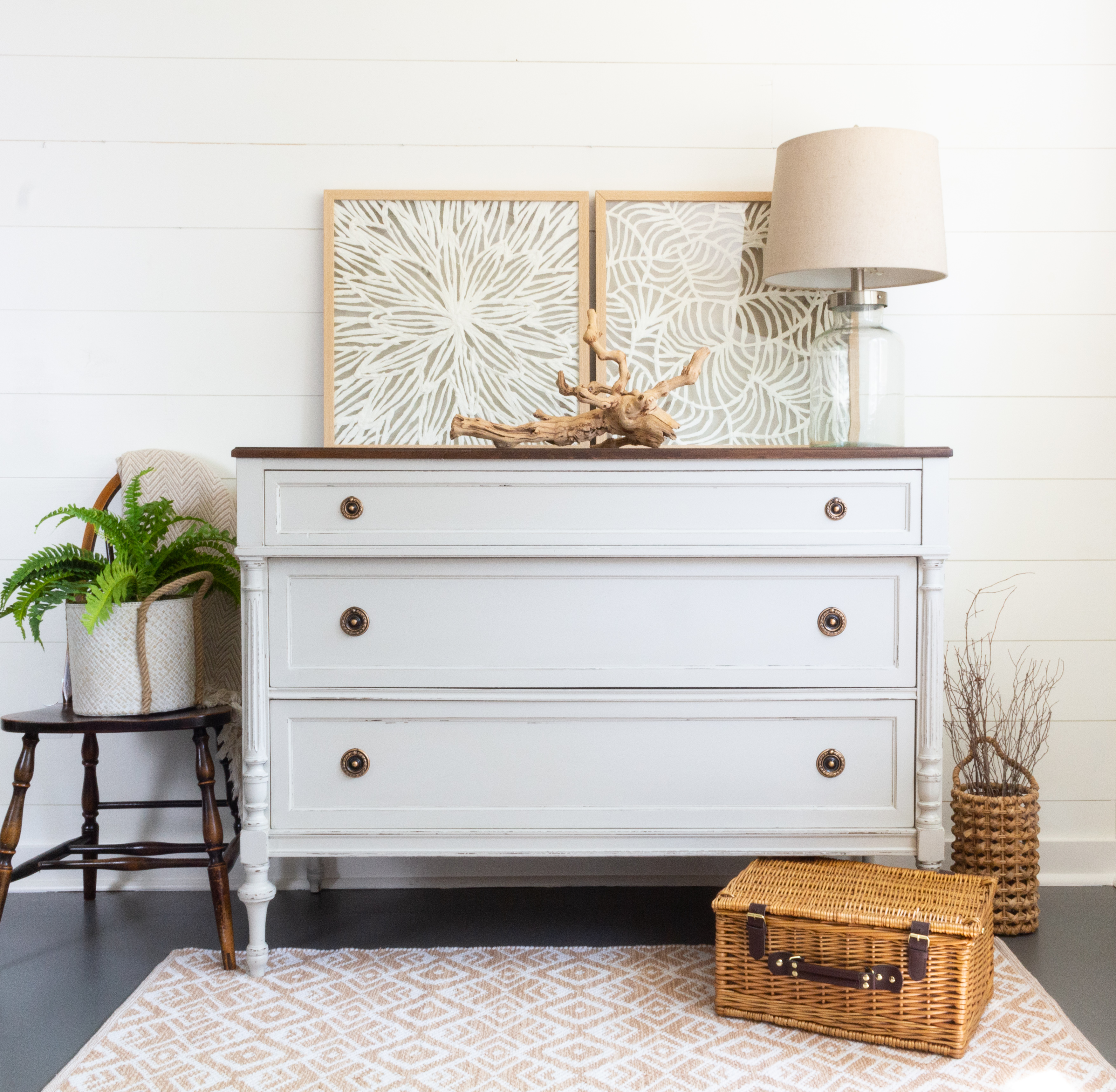

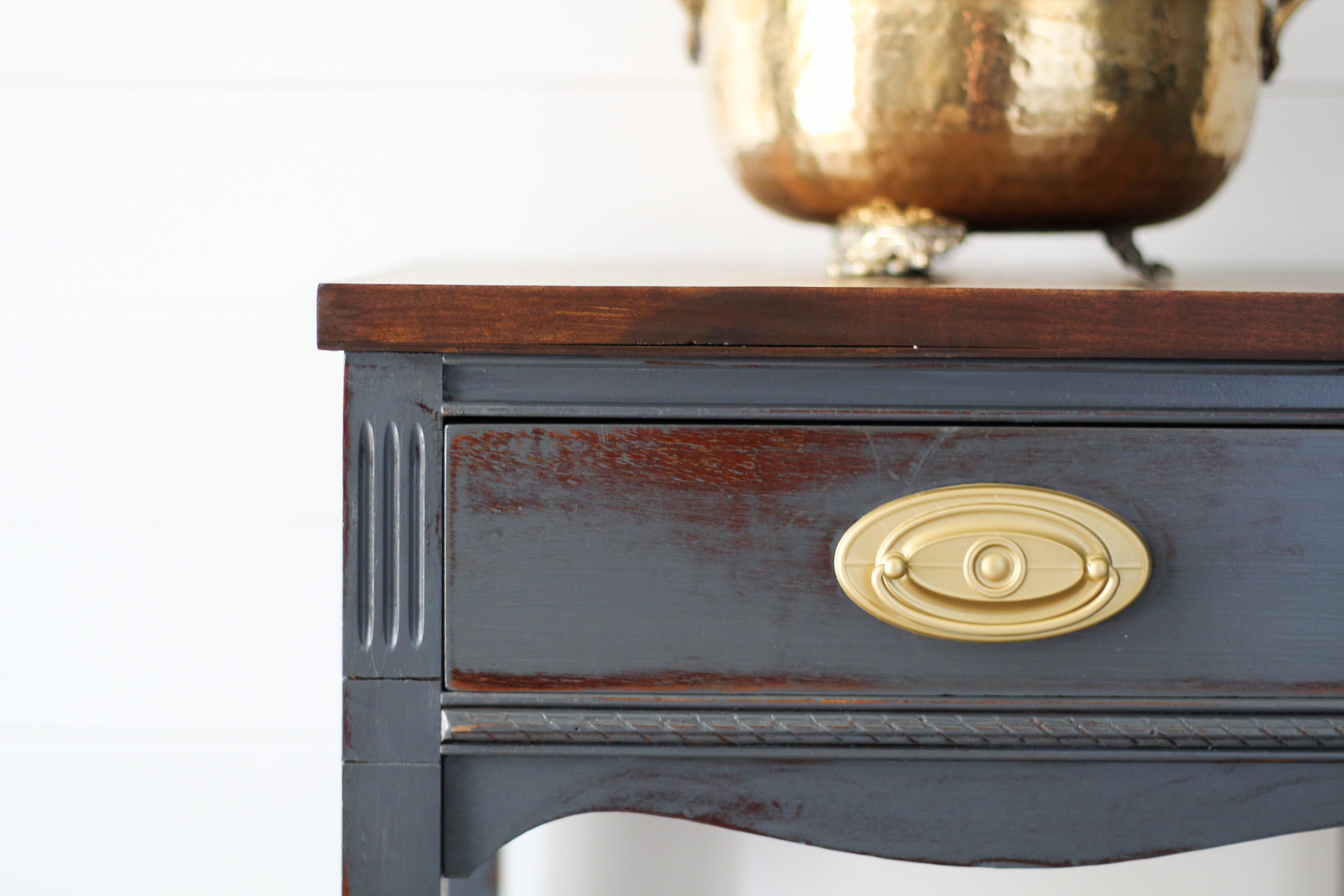
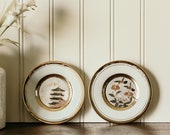



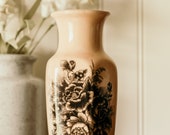
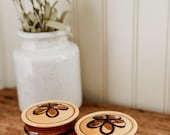
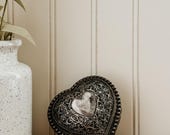
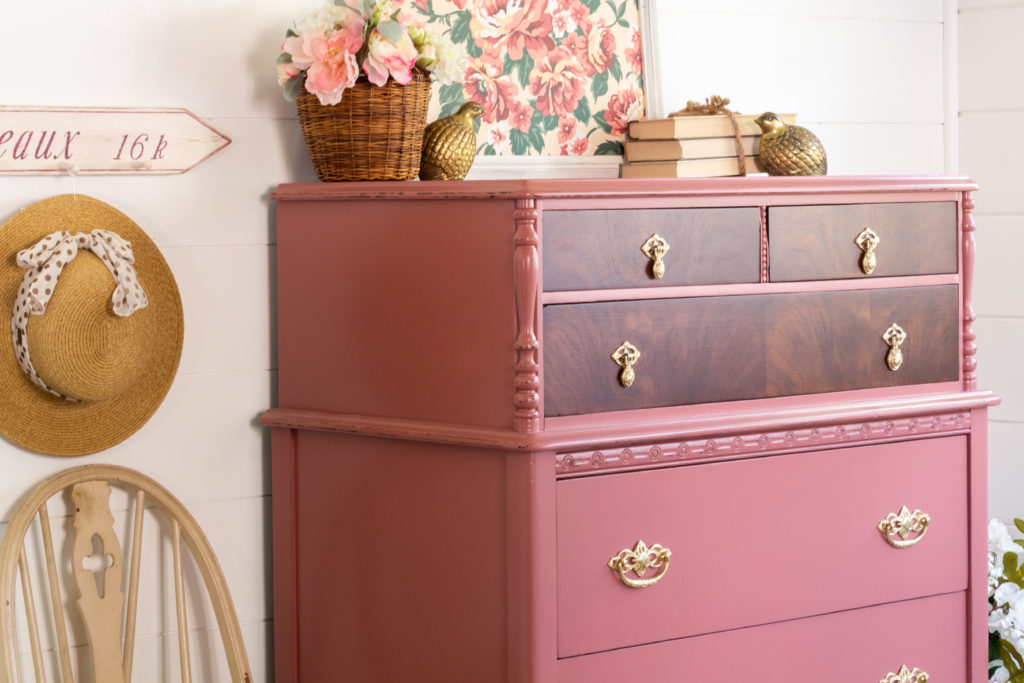

Leave a Reply